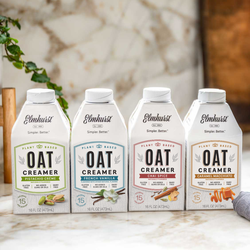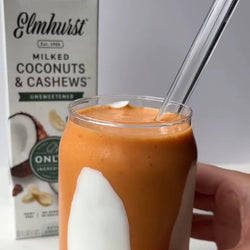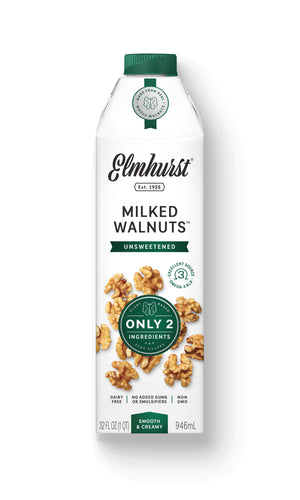Good Fats vs Bad Fats: What You Need to Know to Account for Both
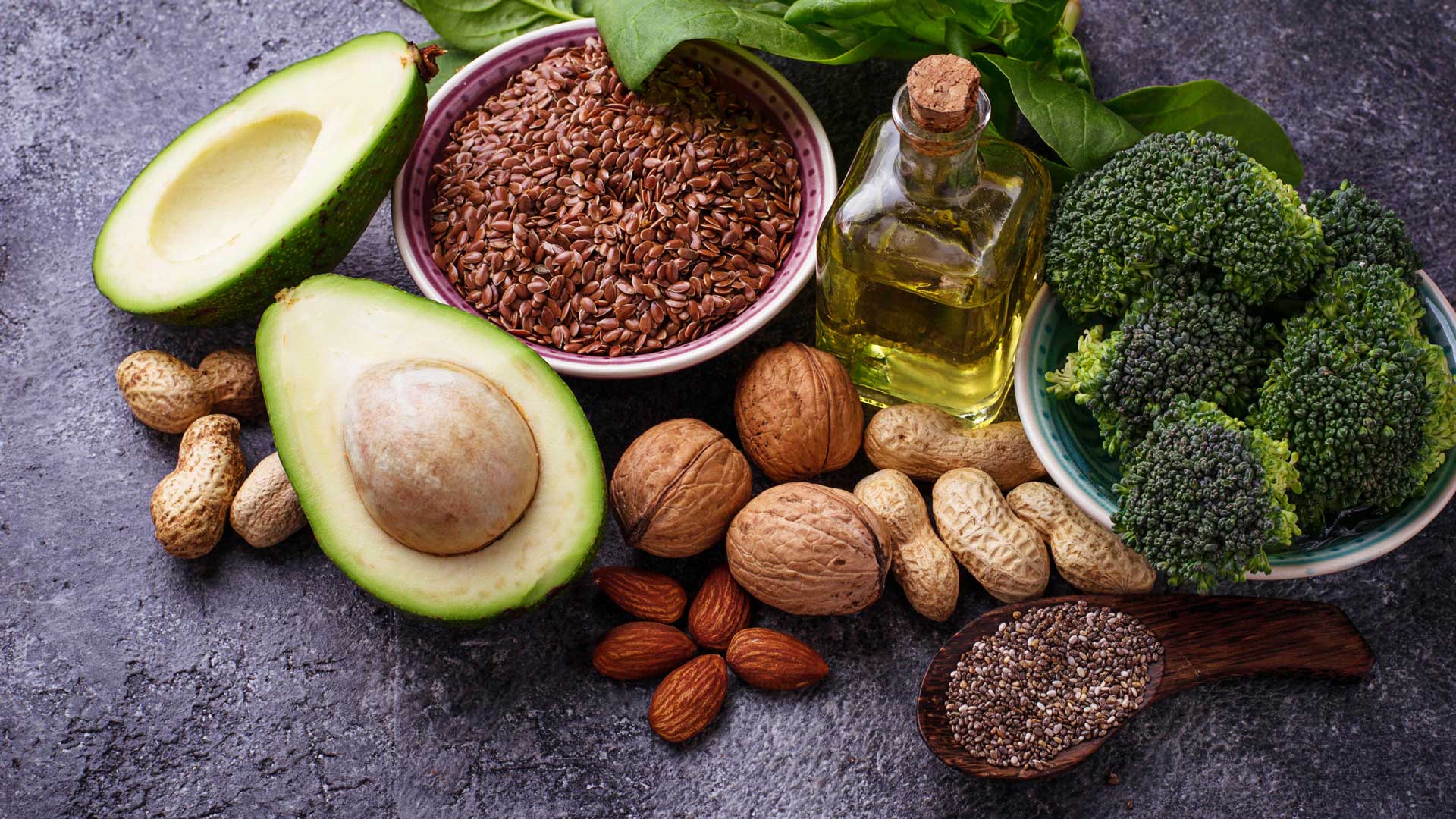
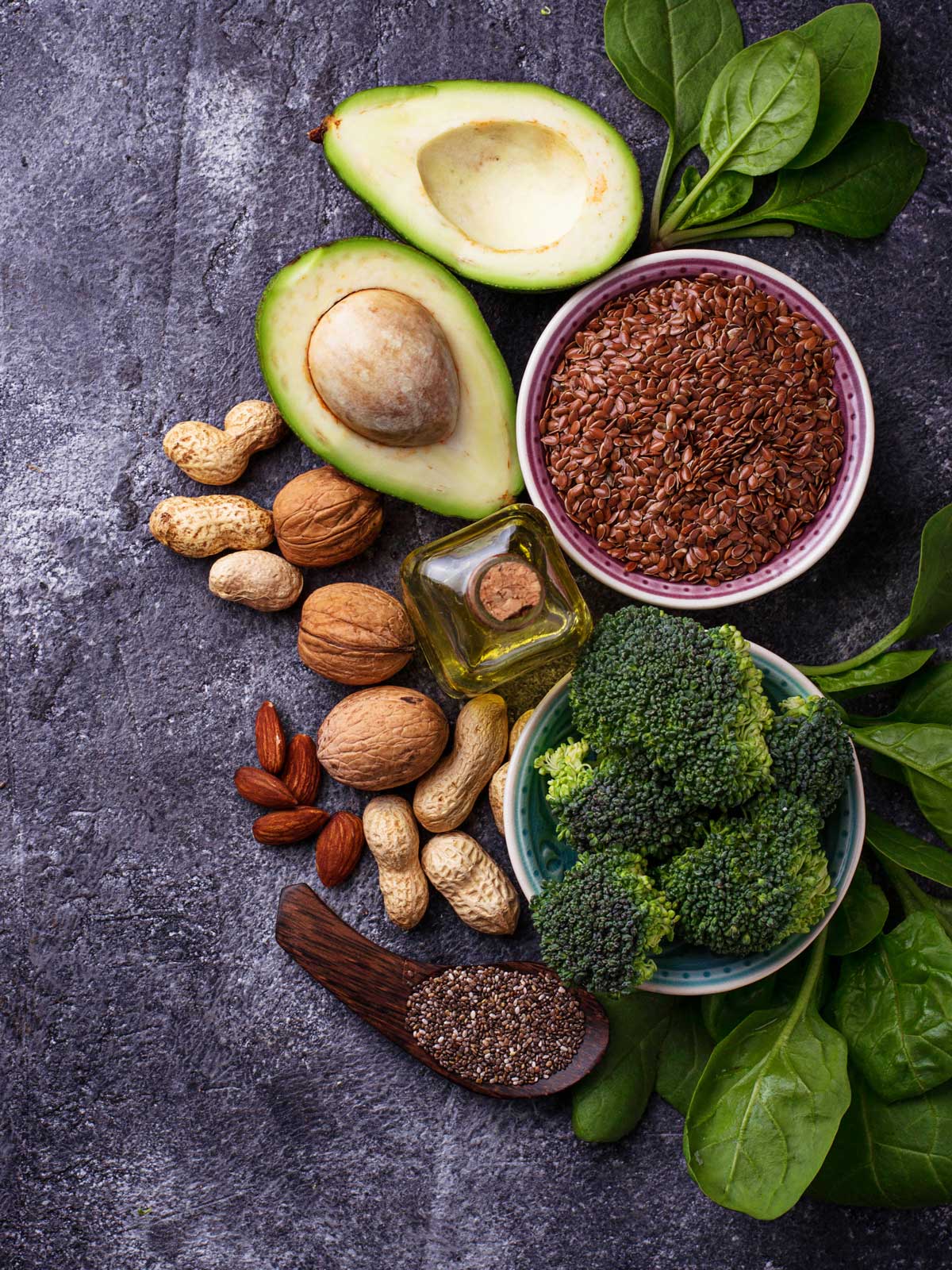
Fats are bad, right? At least, that’s what they always led us to believe.
But the truth is that not all fats are created equal, meaning we can consign “fat is bad” to the garbage can of once-accepted and now disproven health myths.
While some fats can harm your health, others, particularly omega-3 and omega-6, are essential for maintaining our well-being.
Let’s break down how they do this and how you can separate good fats from bad fats.
Why Certain Fats Are Good
Fat is essential for cellular construction, nerve function, digestion, and the formation of the hormones that regulate everything from metabolism to circulation. The membranes of every cell in your body are composed of fat molecules 1, and your brain is composed of more than 60% fat and cholesterol. 2
Did you know fats are even necessary for the absorption of vitamins A, D, E, and K? This makes them the gatekeepers to the many essential functions of these vitamins3.
- Vitamin A is critical for the health of your eyes, skin, and immune system.
- Vitamin D boosts bone health and regulates calcium metabolism.
- Vitamin E protects lipids and proteins from oxidative damage.
- Vitamin K enhances blood clotting and promotes facial symmetry.
- Additionally, all these vitamins interact synergistically to support immune health, provide for adequate growth, support a strong skeleton, and protect soft tissues from calcification.
And none of this could happen without fats. Who knew?
Different Types of Fat
Excluding the villainous, and now accordingly banned, Trans fat, there are three. We've broken each down by structure, function, and where you can get them. 1
Saturated Fat
- Structure: Saturated fats have no double bonds between carbon atoms, resulting in a straight chain that allows molecules to pack together very tightly. This is why fats like coconut oil, butter, and lard are solid at room temperature.
- Functions: Saturated fats are necessary for hormone production, manufacturing cellular membranes, organ padding, signaling processes, and immune support; they are our primary storage form of energy.
- Found in: High-fat animal foods, palm oil, coconut oil, breast milk.
Monounsaturated Fat
- Structure: Monounsaturated fats have a single, double bond in their structure, inducing a kink in their chain that prevents them from packing together tightly. They are liquid at room temperature.
- Functions: Monounsaturated fats help to lower the risk of cardiovascular disease (e.g., reducing LDL and triglycerides, increasing HDL, decreasing oxidized LDL) and hypertension.
- Found in: Nuts (especially almonds, cashews, pecans, and macadamias - which also means you’ll find monounsaturated fats in Almond Milk and Cashew Milk!), olives, and avocados.
Polyunsaturated Fat (Omega-3 and Omega-6)
- Structure: Polyunsaturated fats have multiple double bonds and are unsaturated at many carbons along their chain. They have several kinks in their structure and are especially susceptible to oxidative damage from heat and light since many of their carbon atoms are not protected by hydrogen atoms. They are liquid at room temperature.
- Functions: Assist in forming cell membranes and regulating gene expression.
- Found in (for omega-3s): Walnuts (and Walnut Milk!), flax seeds, and fatty fish (e.g., salmon, mackerel, herring sardines, anchovies) and shellfish (e.g., oysters and mussels).
- Found in (for omega-6s): Industrially processed and refined oils (e.g., soybean, cottonseed, corn, safflower, and sunflower), nuts, poultry.
Got all that? You can always bookmark this guide for quick reference!
The Importance of the Omega-6 to Omega-3 Ratio
This is important, so pay close attention!
Both groups of polyunsaturated fatty acids have their place. After consumption, omega-6s and omega-3s are metabolized (i.e., desaturated and elongated) into important signaling molecules that regulate a variety of functions, including clotting, vascular function and health, pain signaling, cell growth, kidney function, and stomach acid secretion. 4
However, this is not to say that they are the same thing.
Omega-6s and omega-3s compete for many of the same enzymes in the body. When omega-3s come from a plant source (e.g., walnuts, flax seeds, and the nuts and seeds we use in our plant-based creamers), the amount of omega-6s in the diet will directly affect the metabolism of these omega-3s into the longer, more active forms that protect you from disease. In addition, omega-6s stimulate inflammatory responses, while omega-3s suppress them.
So, consuming too many omega-6s and too few omega-3s can spell trouble for both your immune system and inflammatory response. 5,6
This leads us to the ideal ratio of omega-6 to omega-3, which is 1:1 (though 3:1 is a more realistic goal for modern times). 6
- Historical data suggests that our ancestors consumed omega-6 and omega-3 fats in a 1:1 ratio. 7 Today, most modern diets skew heavily towards omega-6, and it is estimated that we consume these fats in a ratio ranging from 10:1 to 25:1. 8
- The infiltration of excessive omega-6s in our diets occurred at the dawn of the Industrial Revolution, as chemists conceived how to extract oils from cottonseeds, sunflower seeds, and soybeans (and the like). In addition, farmers began feeding cereal grains to their livestock (high in omega-6s) to fatten them fast. 9,10
- Elevated intakes of omega-6 fatty acids have been linked to inflammation and a range of chronic illnesses, including asthma, autoimmunity, cognition problems, heart disease, obesity, and osteoarthritis. 11
- Supplementing your diet with omega-3 fatty acids has been shown to displace the omega-6 fatty acids present in cellular membranes, effectively decreasing the risk of degenerative diseases. 8 One study showed that replacing corn oil with olive oil and canola oil to reach a ratio of 4:1 led to a 70% decrease in total mortality. 12
How to Improve Your Omega Balance
The best way to correct an unfavorable ratio is simply to consume more foods rich in omega-3s! Seeds from a certain plant are one of the few plant-based sources that contain a high amount of omega-3s, harboring a 3:1 ratio of omega-6 to omega-3. An ounce (28 grams) of these seeds contains approximately 6,000mg of ALA omega-3! 13
What are the Benefits of Omega-3 Fatty Acids?
It's never easy, is it? Why can't it just be omega-3? Period.
Instead, we are looking at three specific omega-3 fatty acids in two categories – still more branches in the tree! 14
- Long-chain (EPA, DHA). These are found primarily in cold-water fatty fish, including salmon, sardines, mackerel, herring, tuna, and trout. DHA helps maintain normal brain function, prevents mood disorders, and may reduce the risk of heart disease - or improve outcomes for people who already have it. EPA regulates anti-inflammatory processes and the health of cell membranes.
- Short-chain (ALA). Alpha-linoleic acid (ALA) is the shortest omega-3 fatty acid. It is essential because the body cannot produce it, so we must obtain it from diet. ALA is found in plant foods such as walnuts and flax.
The body can convert omega-3 ALA – as found in the source ingredient of our creamers – to long-chain EPA and DHA, thus unlocking their benefits. This makes plant-based products like Cashew Milk and Hazelnut Milk an excellent option for getting enough of these healthy fats if you are following a vegan diet.
Now, to the age-old question. In another time, the ancients would lounge on their porticos under the moon, wondering, between questions on the nature of knowledge: Can't I just get my omega-3 from a fish oil supplement?
Sorry Socrates. It's actually better to get them straight from food (especially given fish oil’s “yuck” factor). These polyunsaturated fats are easily oxidized in response to heat or light and are not shelf-stable, especially once isolated. Consuming oxidized omega-3 fats contributes to inflammation as opposed to reducing it. 15
Why Choose Elmhurst Plant-Based Products
Now that fat is back in style, we can boast that the entire Elmhurst 1925 range delivers the fats found in the source grains, nuts, and seeds – plus some of the micronutrient vitamins they help absorb.
Several Elmhurst products excel in the omega-3 arena.
For example, our Unsweetened Walnut Milk has 1400mg omega-3 ALA per serving.
Also available is a unique range of plant-based coffee creamers providing:
- 350mg omega-3 ALA per serving (22% daily value in a 2 tbsp splash of creamer)
- Potential benefits for brain health, inflammatory reactions, cardiovascular health, and more (thanks to the presence of omega-3s)
Learn more about our healthy plant-based coffee creamers.
Our range of plant-based creamers includes options with either cashews or oats as the base ingredient. Both are good for you, but opt for the cashew options to increase your ALA intake! Our cashew creamers are available in a range of incredible flavors, including:
Buy our Cashew Creamer Variety Pack to try all four!
Also joining the coffee set is a unique Barista Edition range. This highly concentrated plant milk foams and steams professionally, delivering lush lattes and cappuccinos with 650mg omega-3 ALA per cup.
References
- Liu AG, Ford NA, Hu FB, Zelman KM, Mozaffarian D, Kris-Etherton PM. A healthy approach to dietary fats: understanding the science and taking action to reduce consumer confusion. Nutrition journal. 2017;16(1):53-53.
- Chang CY, Ke DS, Chen JY. Essential fatty acids and human brain. Acta neurologica Taiwanica. 2009;18(4):231-241.
- Albahrani AA, Greaves RF. Fat-Soluble Vitamins: Clinical Indications and Current Challenges for Chromatographic Measurement. Clin Biochem Rev. 2016;37(1):27-47.
- Saini RK, Keum YS. Omega-3 and omega-6 polyunsaturated fatty acids: Dietary sources, metabolism, and significance - A review. Life sciences. 2018;203:255-267.
- Simopoulos AP. The importance of the ratio of omega-6/omega-3 essential fatty acids. Biomedicine & pharmacotherapy = Biomedecine & pharmacotherapie. 2002;56(8):365-379.
- Simopoulos AP. An Increase in the Omega-6/Omega-3 Fatty Acid Ratio Increases the Risk for Obesity. Nutrients. 2016;8(3):128-128.
- Kris-Etherton P, Taylor DS, Yu-Poth S, et al. Polyunsaturated fatty acids in the food chain in the United States. The American journal of clinical nutrition. 2000;71(1):179S-188S.
- Russo GL. Dietary n-6 and n-3 polyunsaturated fatty acids: from biochemistry to clinical implications in cardiovascular prevention. Biochemical pharmacology. 2009;77(6):937-946.
- Kumar A, Sharma A, Upadhyaya KC. Vegetable Oil: Nutritional and Industrial Perspective. Current genomics. 2016;17(3):230-240.
- Wallinga D. Today's Food System: How Healthy Is It? J Hunger Environ Nutr. 2009;4(3-4):251-281.
- DiNicolantonio JJ, O'Keefe JH. Omega-6 vegetable oils as a driver of coronary heart disease: the oxidized linoleic acid hypothesis. Open Heart. 2018;5(2):e000898-e000898.
- Smith SC, Allen J, Blair SN, et al. AHA/ACC Guidelines for Secondary Prevention for Patients With Coronary and Other Atherosclerotic Vascular Disease: 2006 Update. Journal of the American College of Cardiology. 2006;47(10):2130.
- Rodriguez-Leyva D, Pierce GN. The cardiac and haemostatic effects of dietary hempseed. Nutr Metab (Lond). 2010;7:32-32.
- Supplements NIoH-OoD. Omega-3 Fatty Acids. 2019; https://ods.od.nih.gov/factsheets/Omega3FattyAcids-HealthProfessional/. Accessed July 15, 2019, 2019.
- Cameron-Smith D, Albert BB, Cutfield WS. Fishing for answers: is oxidation of fish oil supplements a problem? J Nutr Sci. 2015;4:e36-e36.


